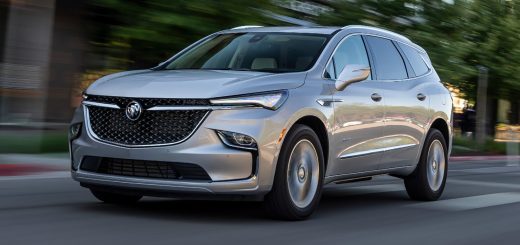Buick recently partnered up with chemical supplier BASF to sponsor a student design competition at Detroit’s College for Creative Studies. Students were given a blank canvas and asked to shape a vision of what they believe Buick’s will look like in 2030 while also challenging the boundaries of conventional automotive design.
More than a dozen next-generation designers participated in the competition. They were allowed to consult with industry professionals for their design, which was intended to introduce new concepts in personal transportation and present ideas reach through outside-the-box thinking . Once their design was complete, student’s visions were made real by making a 3D scale model of their car.
“The solutions these concepts offer are as unique as the future car designers at CCS who created them,” said executive director of Buick global design, Andrew Smith. “For Buick, this project is an invitation for new insights and interpretation of our brand and the future portfolio of products we will offer.”
Guidelines for the competition were put in place to address future transportation needs, such as the rise in urban populations, developing countries, nanotechnology and the role advanced materials, like carbon fiber and aluminium, will play in vehicle efficiency.
Four winners were chosen by a jury of Buick designers from the exterior, interior, and color and trim studios along with materials experts from BASF. Namsuk Lee from Seoul, Korea won $3,000 for best overall concept and $1,500 for best interior. Best overall exterior design went to Sam Kenny of Greensboro N.C. and Justin Salmon of Boca Raton, Fla. walked away with $1,000 for most innovative use of materials.
Lee was recognized for his “his lightweight exterior form language, exceptional interpretation and integration of the Buick design cues and inviting interior execution.” Buick designers praised Kenny’s design for its “dynamic elegance” while Salmon convinced the BASF jurors with his unique idea of integrating algae into the vehicle structure to generate energy.
Buick says the competition is unique because it allows young designers to have access to future trend research and data normally reserved for industry professionals. Students are given the opportunity to showcase their skills through sketching and modeling, along with critical thinking and presentation skills.
“Professional car design is a very competitive business and your work is always measured against your peers and by the market success it generates,” Smith said. “Buick design that conveys youthful energy and fresh thinking is essential to the future of this modern, international luxury brand.”















No Comments yet